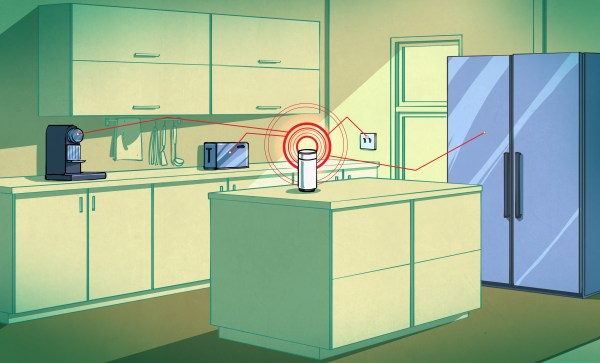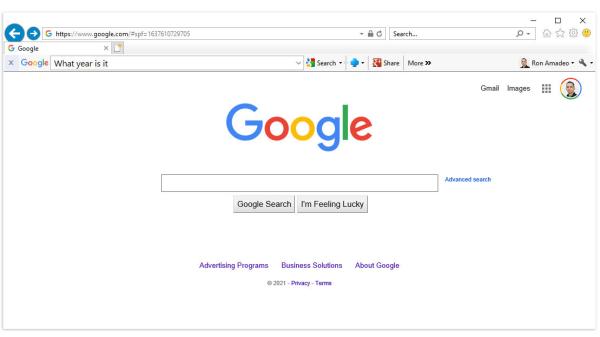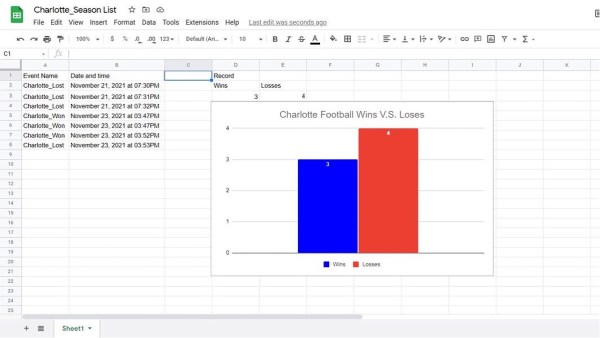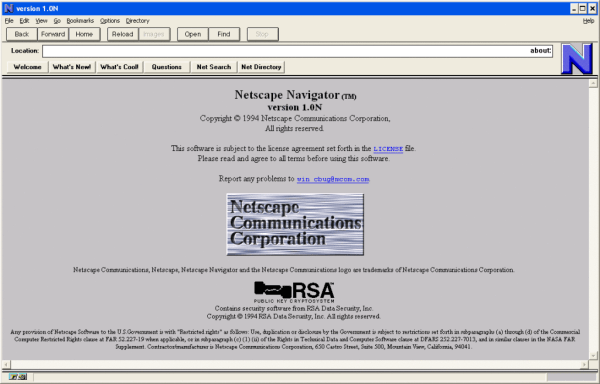If you have ever taken to Twitter to gauge the zeitgeist, you’ll have noticed that among the trending hashtags related to major events of the day there are sometimes outliers of minority interest associated with single-issue causes. When a cause with a distasteful pedigree was cited one as proof of widespread public support in a debate in the UK’s House of Lords there were concerns raised that a flaw in the ranking algorithm might be responsible, and it was left to [Mallory Moore] to prove the hypothesis by getting a #ThisIsAnExploit hashtag trending without a groundswell of popular support.
Some previous detective work had established that equal ranking might be awarded equally not simply for Tweeting a hashtag but also for retweeting it. The exploit takes advantage of this by means of a relatively small cadre of people all Tweeting the tag a number of times, then retweeting all other instances of it. The resulting rank gain is then in the order of the square of the number of accounts interacting with the tag, and thus hugely inflated over the number of real participants. To test this she created the #ThisIsAnExploit tag and asked her followers to do just that: Tweet it and retweet all others containing it. In a short time the exploit succeeded, beating a very high-profile tag associated with the travails of the British Prime Minister in the process, and with most of the effort due to only 50 accounts.
Our world is now significantly influenced by social media because for many it appears more trustworthy than the old-style mass media with a print origin. Work like this is important because a reminder that transferring the message from newspaper proprietors to tech barons does not confer credibility is sorely needed. Meanwhile now the weakness is in the wild we wonder how Hackaday readers might have fun with it. Does anyone want to see a #RaiseTheJollyWrencher hashtag top the pile?

















